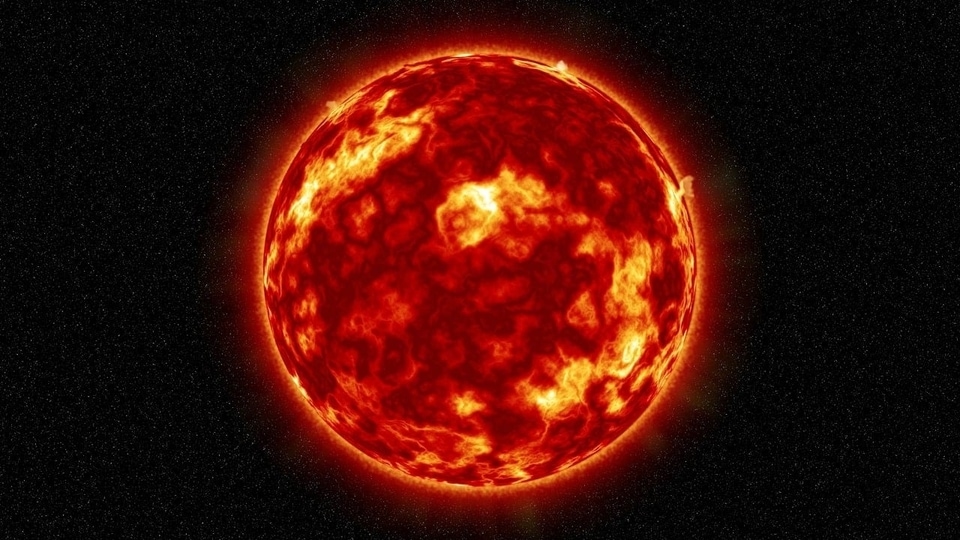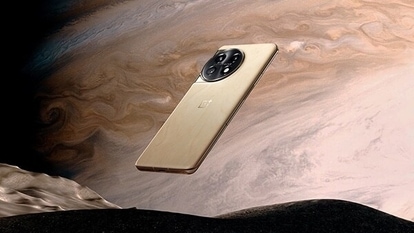Magnetic filament eruption on the Sun may spark solar storm tomorrow, says NASA
A magnetic filament has erupted on an active sunspot, shooting out a CME. While not entirely Earth-directed, NASA models have shown that it is likely to spark a solar storm and deliver a glancing blow to the Earth.

On Monday, October 16, a powerful magnetic filament erupted on the Sun. In particular, the explosion of plasma took place on the active sunspot AR3467, which was earlier reported to have displayed signs of trapping a huge amount of delta energy. The eruption was so massive that it ejected solar matter and plasma into space, which is also known as coronal mass ejection (CME). The CME is now moving in the direction of Earth. While NASA models have assured that a direct hit is unlikely at this point, it is expected to sideswipe the planet, which is still enough to spark a solar storm. The storm is expected to arrive tomorrow, October 19.
According to a report by SpaceWeather.com, “A magnetic filament connected to sunspot AR3467 erupted on Oct. 16th, hurling a CME into space. It is not heading directly for Earth. However, a NASA model suggests it might deliver a glancing blow late on Oct. 19th. If so, the off-target CME could cause a minor G1-class geomagnetic storm”.
Solar storm threatens the Earth
A sideswipe or a glancing blow essentially means that the CME cloud will not strike the Earth entirely, but just a part of it will brush against our planet's magnetosphere, while the rest will pass us by. However, this is still enough to spark a solar storm event on Earth, but it will be of a lesser intensity.
NASA has predicted a G1-class storm, which essentially means that it will spark auroras and can cause disruptions for some radio waves, resulting in likely disruption of communication for mariners, aviators, drone pilots, and amateur radio operators.
However, that is not the full extent of what solar storms can do. In worst cases, such storms can disrupt GPS and mobile networks, hamper internet connectivity, damage satellites, cause power grid failures, and even corrupt ground-based electronics.
How NASA SOHO monitors the Sun
NASA SOHO is a satellite that was launched on December 2, 1995. It is a joint project between NASA and the European Space Agency (ESA) to study the sun, its atmosphere, and its effects on the solar system. Equipped with 12 scientific instruments, such as Extreme Ultraviolet Imaging Telescope (EIT), Michelson Doppler Imager (MDI), LASCO (Large Angle and Spectrometric Coronagraph) and others, SOHO captures images of the sun's corona, measures the velocity and magnetic fields of the sun's surface, and observes the faint corona around the sun.
Catch all the Latest Tech News, Mobile News, Laptop News, Gaming news, Wearables News , How To News, also keep up with us on Whatsapp channel,Twitter, Facebook, Google News, and Instagram. For our latest videos, subscribe to our YouTube channel.































